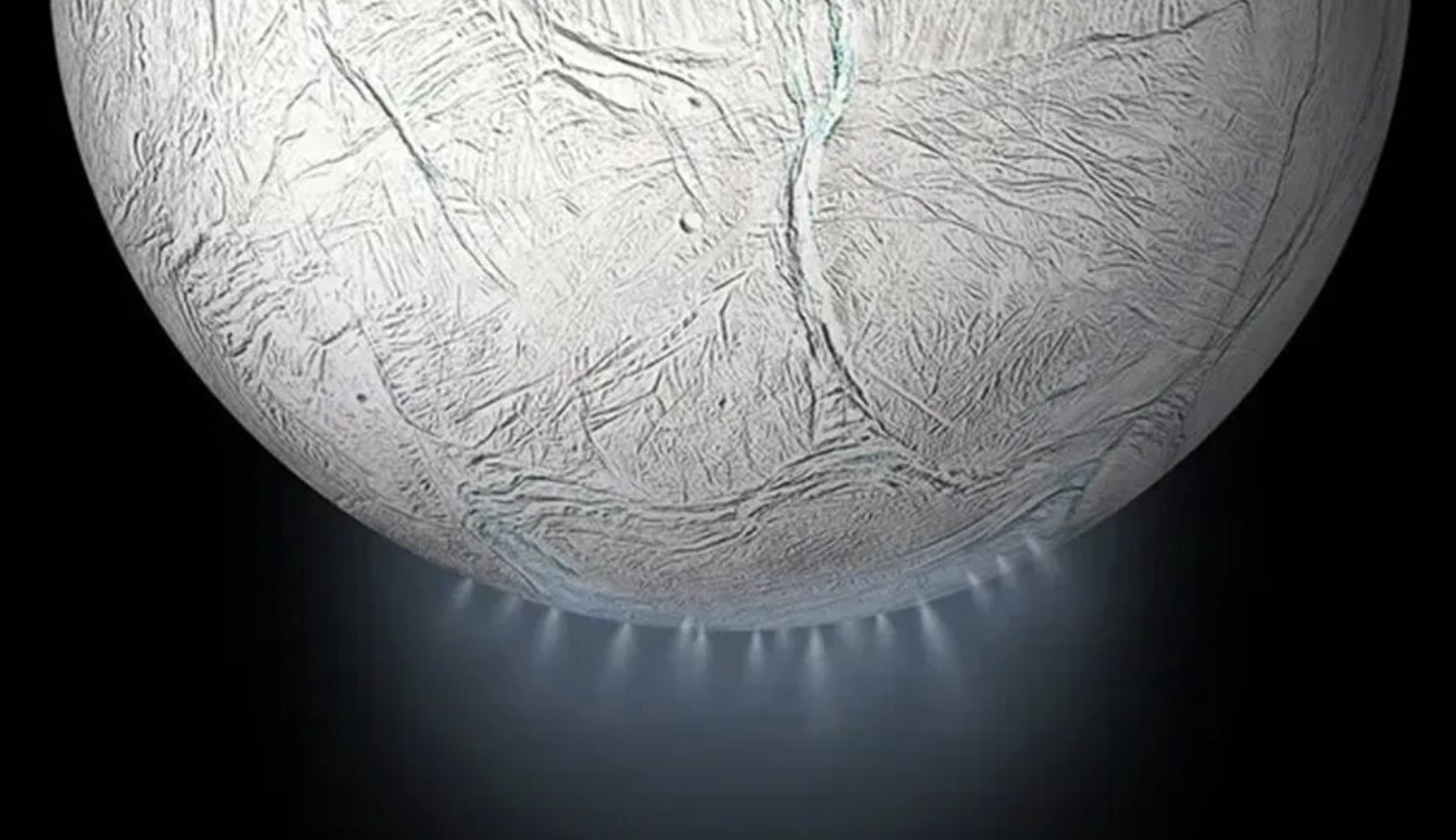When NASA’s Cassini spacecraft turned its instruments to Saturn’s moon Enceladus, it observed plumes of ice shooting up from the moon’s surface at speeds of about 900 miles per hour (1,448 kilometers per hour). These geysers seemed to be the tendrils of a vast subsurface ocean — and made scientists curious if their fluid might carry life signs, organic molecules.
But if scientists want to study those organic molecules, they’ll need to find a careful way of collecting them without destroying them. There is now good news on that front: If one lab experiment is correct, then any possible amino acids in those geysers’ fluid are expected to easily survive contact with a spacecraft.
Researchers learned this in the lab by working with a physical apparatus designed to examine collisions. The researchers created ice particles by pushing water through a high-voltage needle; the charge fragmented the water into tiny droplets, each of which crystallized into an ice grain as it entered a vacuum. Then, the researchers shot the hardened grains through a spectrometer and imaged each grain as well as recorded impact times.
Read Full Article Here…(strangesounds.org)
Home | Caravan to Midnight (zutalk.com)
Live Stream + Chat (zutalk.com)





